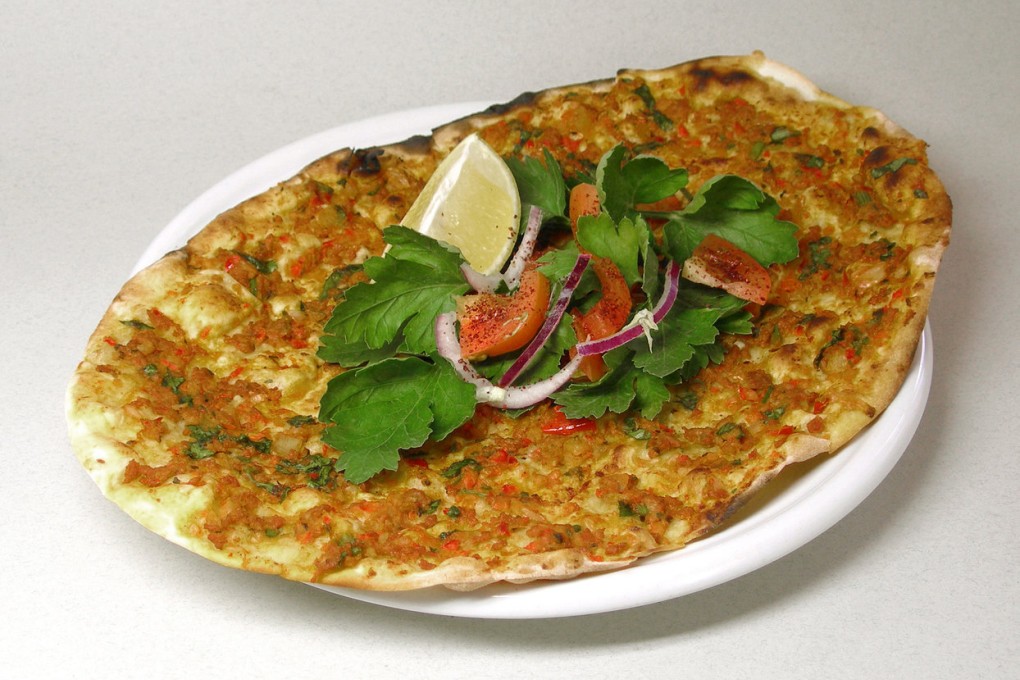Turkish flatbread lahmacun - just don't call it pizza
Susan Jung

I understand her frustration: the only thing lahmacun and pizza have in common is that they're baked flatbreads with toppings. Lahmacun doesn't feature tomato sauce or cheese (although not all pizzas use these ingredients, either). But people have called it Turkish pizza because they are attempting to put lahmacun into a familiar context.
When I was growing up in California, my immigrant Chinese grandmother referred to tamales as "Mexican zongzi", because, to her, the Mexican dish of cornmeal and meat wrapped in corn husks resembled the Chinese rice dumplings wrapped in bamboo leaves that she cooked once a year. Chinese restaurants in California described zongzi as "Chinese rice tamales" on their menus, in case American diners were not familiar with rice dumplings. In reality, zongzi and tamales don't look alike and their flavours are completely different. All they have in common is that both feature starch and meat wrapped in leaves.
Last month, British celebrity chef Jamie Oliver made a group of food writers laugh during his first visit to Hong Kong, when he asked if it was "normal" for us to "put doughnuts in congee". I was horrified, thinking he meant iced sweet doughnuts. Then I realised he was referring to yau ja gwai - long sticks of fried dough. To most of us, yau ja gwai is not a doughnut, but Oliver was trying to make sense out of something he hadn't tasted or seen before.
When I write about an ingredient that might be unfamiliar to people reading my columns, I try to describe it as accurately as possible without sounding condescending to the reader or the culture that the ingredient comes from. Most people reading these food pages, for instance, won't need me to give a description of miso, but they might not know what doenjang is. I could describe doenjang as the Korean version of Japanese miso - but I wouldn't. Yes, they're both made of salted and fermented soybeans (and other seasonings) and both have strong flavours, but to call doenjang "Korean miso" would be imprecise.
Miso and doenjang are used very differently and you wouldn't want to substitute one for the other (unless you're prepared to have a final dish that tastes entirely different from the way the original recipe intended). I usually describe doenjang as "Korean fermented soybean paste" because that's what it is.